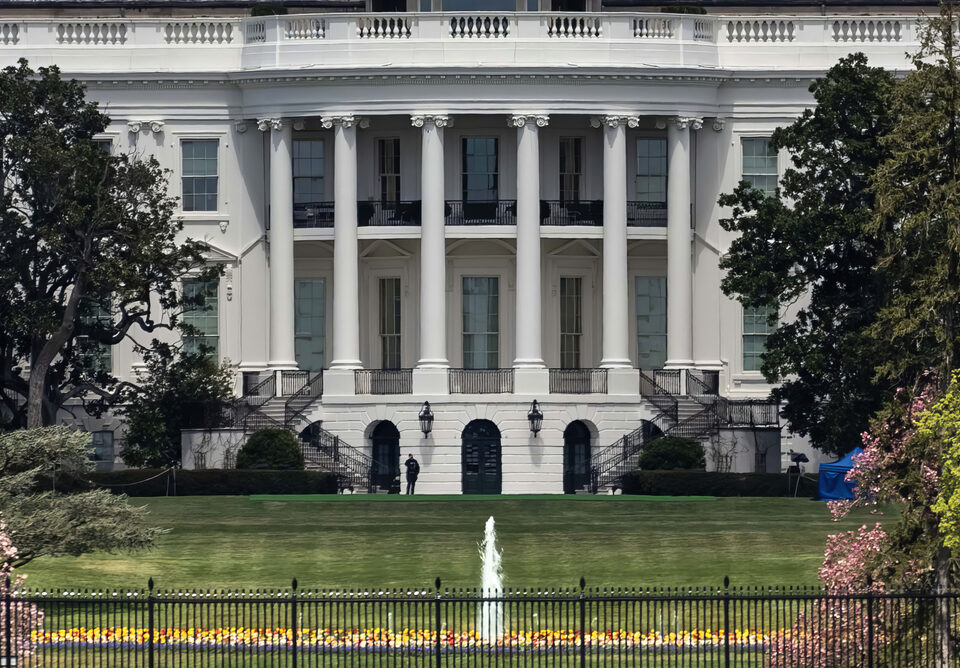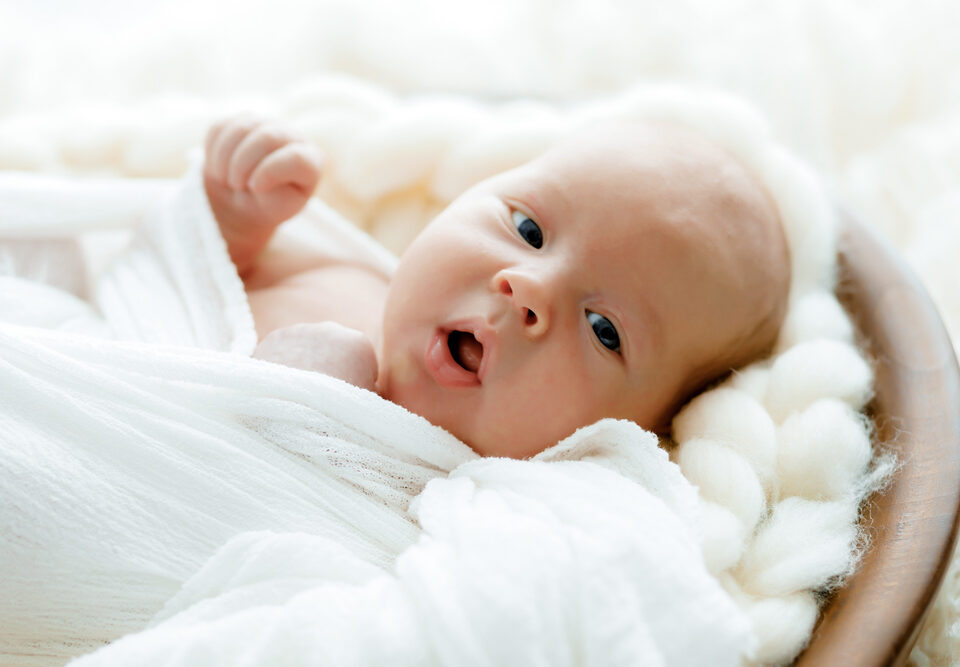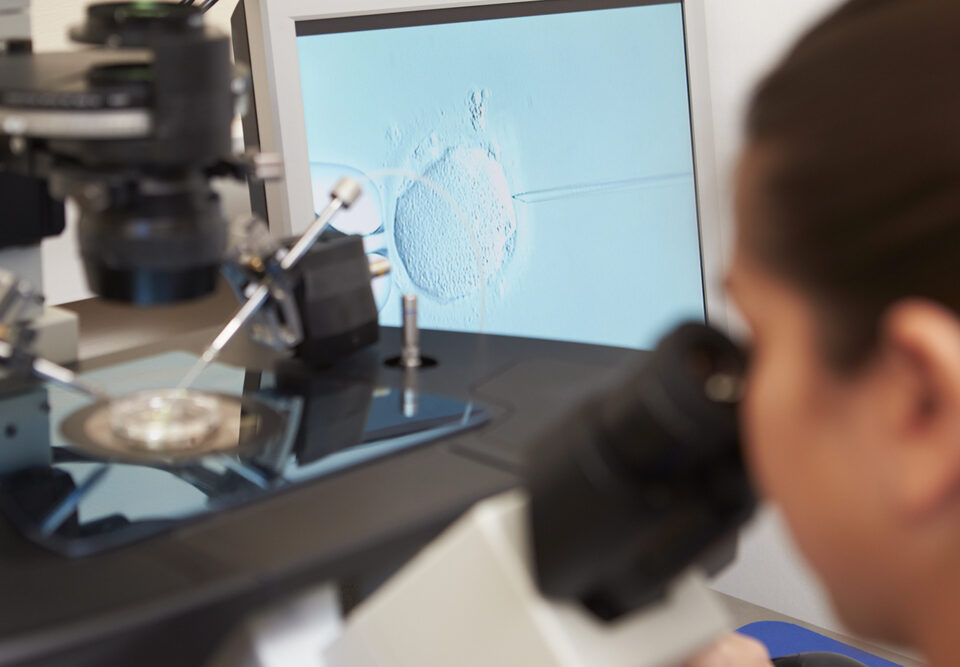One woman speaks out while Maryland lawmakers contend with surrogacy bill
June 4, 2015Appeals Court Makes Its Decision In Favor of Dunston
June 18, 2015There is an undercurrent of ethical opinions regarding unused embryos. It’s a growing problem that so many individuals and couples are facing.
For those not affected by infertility, many received a crash course education regarding embryos after the recent media spotlight on Sofia Vergara because of the suit Vegara’s ex-fiancé filed against her for custody of the frozen embryos they created while in a relationship.
While media readers and listeners think this is just a “Hollywood thing,” think again. Cases regarding ownership as well as what to do with the excess of frozen embryos have become the 21st century reality.
In the Washington Post, reporter, Ellen McCarthy, covers the story of a woman who must make a choice on what to do with an extra embryo located at a sterilized storage facility. Brenda Loblein used fertility treatments in her second marriage. She now has two children.
Still, one frozen embryo remains cryopreserved.
McCarthy writes, “The Lobleins are among thousands of couples and individuals grappling with difficult choices regarding their stored genetic material. The Department of Health and Human Services estimates that more than 600,000 frozen embryos are stored in the United States, in addition to countless more cryopreserved eggs and sperm.” She continues, “Using the embryos for research, donating them or simply throwing them away are options that raise ethical issues for many people. Keeping them frozen avoids having to face that decision but can cost thousands of dollars.”
The term many are using is “embryos in limbo.” According to medical director at the Shady Grove Fertility Center based in Washington D.C., Dr. Eric Widra describes it as a huge problem in their field of medicine.
One who has not been immersed in the world of infertility treatments may ask, “Why are there leftovers?”
The answer is twofold: cost and effectiveness.
“Eggs can be collected and fertilized one at a time, but it’s an expensive procedure,” McCarthy writes. “To increase the odds of getting a viable embryo at a reasonable cost, most couples opt to fertilize multiple eggs. Few couples consider the fate of any excess embryos that might result.”
The reporter highlights a 2005 study championed by the National Institutes of Health. Out of 58 couples with remaining embryos, more than 70 percent remained indecisive on what to do.
Those who undergo IVF never think they have to make this decision. However, when they are done building their family, they are getting billed every year to store something they don’t really know quite what to do with. They don’t want to destroy them, but they can’t bring themselves to donate them to help someone else create a family. So what do many do? The answer is “nothing.”
They could donate the embryos to medical research or destroy them, but most do not feel comfortable with that option.
According to the reporter, Crawford and Hess made their decision and decided to terminate the embryos. Obviously, the decision weighed heavily on them.
And then there are the legal issues such as the Vergara case, among other lawsuits, that have entered courtrooms. As long as fertility medicine exists, circumstances like this will continue.



